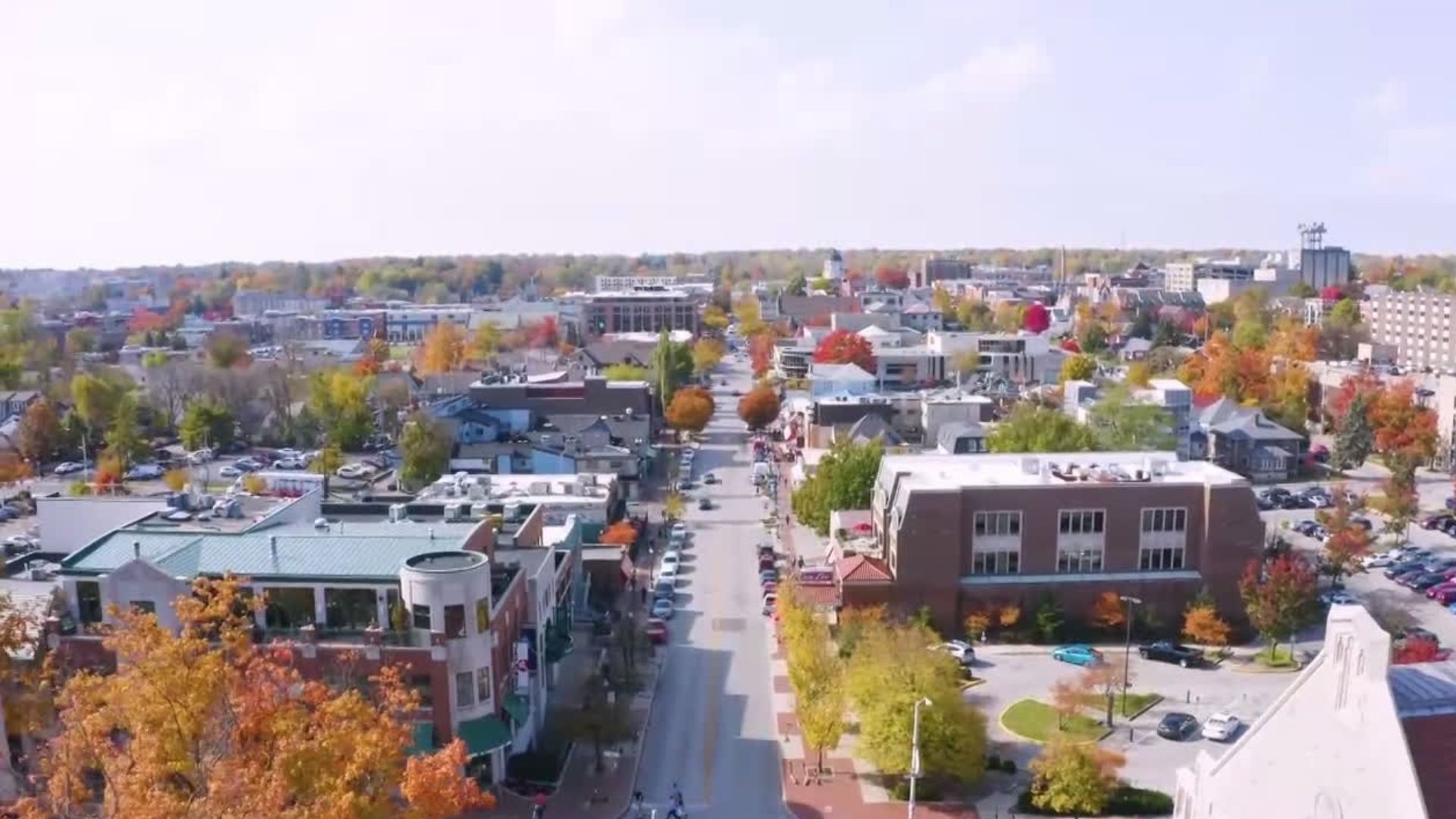Bloomington, Indiana – The Thomson administration has rolled out its proposed 2026 City of Bloomington budget, setting a tone of realism and restraint in the face of tightened financial conditions and new state-imposed funding limits. The proposal is both a response to immediate fiscal challenges and a step toward a more transparent, priority-focused approach to how the City allocates taxpayer dollars.
At the heart of this year’s plan are two driving forces: the fiscal restrictions brought by Indiana’s Senate Enrolled Act 1 (SEA 1) and the City’s adoption of a Priorities-Based Budgeting (PBB) framework. Together, they represent a shift in both the financial resources available to Bloomington and the methods used to decide how those resources are spent.
SEA 1 is proving to be a pivotal change. By gradually phasing out certain local income taxes and tightening access to short-term borrowing for capital projects, the law is forcing municipalities—including Bloomington—to reevaluate service levels, funding structures, and long-term project plans. For the City, this means making hard choices about what to keep, what to scale back, and how to stretch fewer dollars without losing sight of its commitments.
When Mayor Thomson took office last year, Bloomington was already facing a $16 million operating deficit. The 2026 proposal shows progress but still carries an $11,188,770 shortfall in the General Fund, which is projected to receive $54,017,896 in revenue against $65,206,660 in expenditures. The General Fund underpins much of the City’s day-to-day work—covering police and fire services, street maintenance, and administrative operations—unlike other funds that are legally restricted for specific purposes.
Across all funds and departments, the proposed budget totals $147,150,078, a figure that encompasses restricted accounts, capital investments, and a full range of city services.
Mayor Thomson acknowledged the challenge bluntly. “We cannot do more with less,” she said. “What we can do is meet this moment with clarity, purpose, and a good dose of common sense. That means doing less with less, but doing it better. We are focusing on three principles: delivering core services, maintaining what we have built, and honoring the commitments made to our residents.”
She also emphasized that budget priorities are more than numbers on a spreadsheet—they represent the connection between civic values and daily decisions. “Priorities are the throughline between our values and our actions. They help us decide, with both head and heart, where to place our limited time, energy, and taxpayer dollars. SEA 1 has changed the landscape for how cities like ours are funded. Even as the financial rules change, our commitments do not. We remain focused on co-creating with our community, leading with transparency and accountability, and building a city that not only works but also sparks joy. This budget reflects that north star.”
The PBB framework, which the City began integrating this year, is central to that philosophy. Instead of budgeting strictly by department, PBB examines spending by program and then aligns those programs with community priorities. For Bloomington, six priorities—developed jointly by the administration and City Council—will serve as the guideposts:
• High-Performing Government
• Affordable Housing and Homelessness
• Economic Development
• Public Safety
• Community Health and Vitality
• Transportation
The 2026 proposal marks an initial step in this transition. While the PBB approach will not be fully implemented until the 2027 cycle, this year’s budget book introduces a reorganized structure meant to make spending patterns more transparent. Program allocations by priority are still manually calculated, and future iterations will bring more refined details, additional subcategories, and more precise sorting. For now, city officials describe the current version as a “snapshot in time” to encourage dialogue and guide decision-making.
That dialogue will unfold publicly over a two-week schedule of budget presentations before the City Council. The sessions begin Monday, Aug. 18, with opening remarks from the Office of the Mayor, the Controller, Clerk, and Council, followed by presentations from Legal, Human Resources, Information Technology Services, and the Public Works divisions of Administration, Fleet, and Facilities.
On Wednesday, Aug. 20, the focus shifts to Housing and Neighborhood Development, the Capital Improvement Board, Economic & Sustainable Development, the Bloomington Fire Department, the Bloomington Police Department, and Dispatch operations.
Week Two kicks off Monday, Aug. 25, featuring Community & Family Resources, Parks and Recreation, Utilities, and Public Works divisions for Sanitation and the Animal Shelter.
The process wraps up Wednesday, Aug. 27, with presentations from Bloomington Transit, Planning, Engineering, and the Street and Parking divisions of Public Works.
For residents who want to follow along, all sessions will be open to the public and livestreamed via catstv.net or Zoom. The City’s public meeting calendar at bton.in/7uecI will post the relevant Zoom links ahead of each session.
The full 2026 budget proposal—complete with program inventories, PBB-related memos, and detailed breakdowns by department—is available on the City’s official website at bloomington.in.gov/budget.
By the end of this budget cycle, the Thomson administration hopes to have laid the foundation for a more sustainable, transparent, and impact-driven budget process. The immediate numbers tell a story of fiscal limits, but the broader plan points toward a City willing to rethink, reorganize, and refocus—ensuring that even in lean years, the most essential services remain strong.









